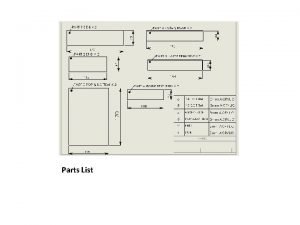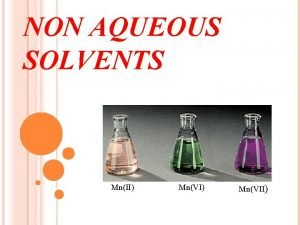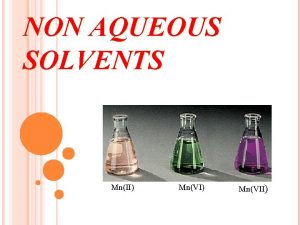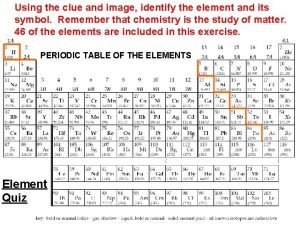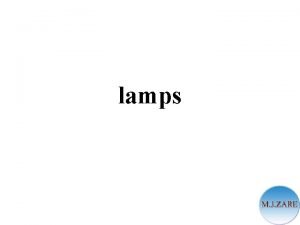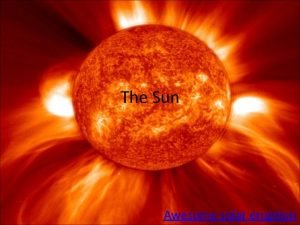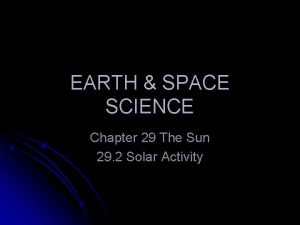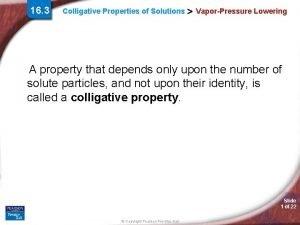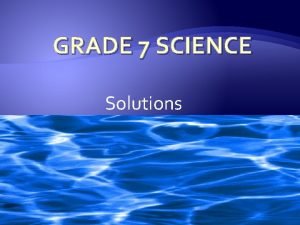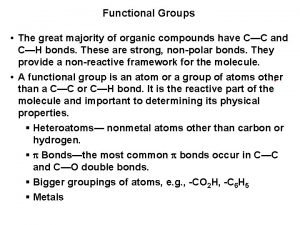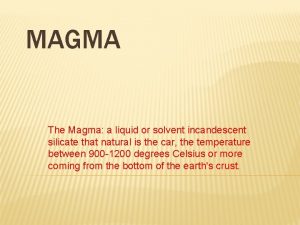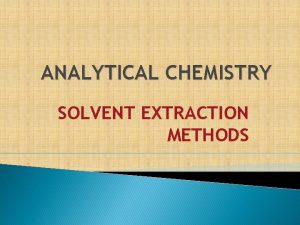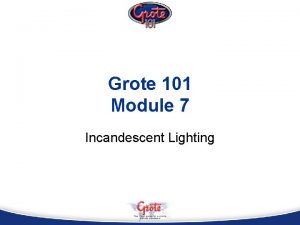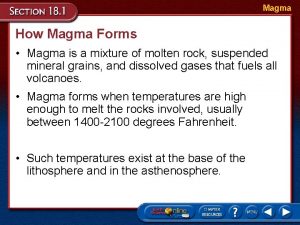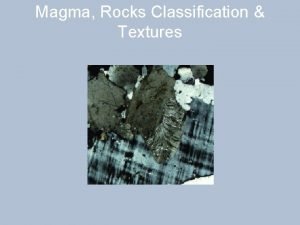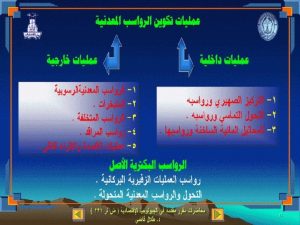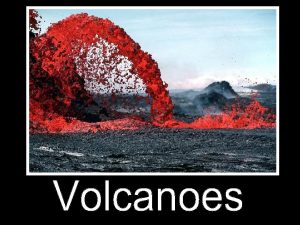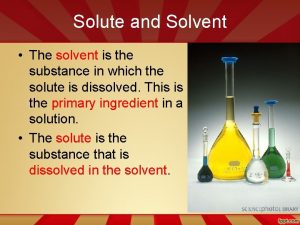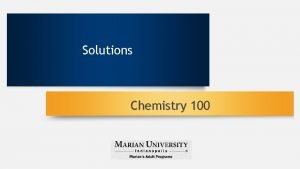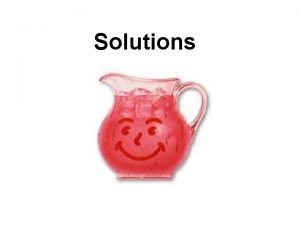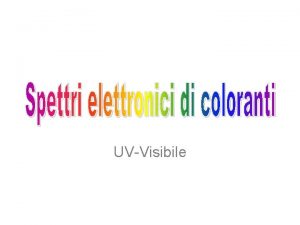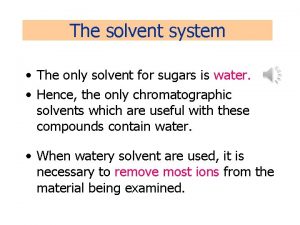MAGMA The Magma a liquid or solvent incandescent















- Slides: 15

MAGMA The Magma: a liquid or solvent incandescent silicate that natural is the car, the temperature between 900 -1200 degrees Celsius or more coming from the bottom of the earth's crust.

Magma in the earth's crust

Chemical composition of magma v 1. Senyawa a non volatil oxide and a compound in magma consisting of Si. O 2, Al 2 O 9, Fe. O, Mn. O, Cao, Na 2 O, K 2 O, Ti. O 2, P 2 O 5. v 2. Senyawa volatil; consists of a faction-faction gas CH 4, CO 2, HCL, H 2 S, SO 2 etc. . v 3. Elements or trace elements: Rb, Ba, Sr, Ni, Co, V, Li, Cr, S, Pb.

MAGMA EVOLUTION Magma can change into another magma by processes: 1. Hybridization: The establishment of new magma as the magma mixing 2 different 2. Sinteksis: the establishment of new magma because the process of the rock side asimilasi 3. Anateksis: the process of formation of magma f rom the fusion of rock at great depth

Processes of magma differentiation include v Fragsinasi: is the separation of crystals from solution because the magma crystallization process does not run in proportion or crystal at the time of cooling does not follow the development of the (changes of temperature and pressure and striking suddenly). v Cristal settling / gravitational settling is the settling of the crystals because the crystals are grafitasi Ca, Mg, Fe is enriched in the magma reservoir. v Liquid immisibility v Cristal flotation v Vesiculation v Diffusion

Scheme differesiasi magma

BOWN reaction v A scheme showing the sequence of crystallization of the rock forming minerals Consists of: 1. The black mineral or mineral mefik 2. The white mineral or mineral felsik

Scheme that shows SERIE Reaction Bown (William, 1992) Teknologi dan Rekayasa

v Crystallization sequence of minerals is not always menunujukkan successive crystalitation but also overlapping v Main minerals in rock are: ultra basa rock group: Olivin : olivin –piroksen Olivin – Plagioklas : Olivin- plagioklas-piroksen Piroksen : piroksen-plagioklas Intermediet rock group : Piroksen-hornblende-plagioklas Hornblende-plagioklas-biotit-kwarsa intermediet asam rock group: Hornblende-biotit-orthoklas-plagioklas Hornblende-biotit-muskovit-plagioklas-kwarsa Biotit-muscovite- orthoklas-etc. Teknologi dan Rekayasa

MINERAL composition v. Main minerals: adl. Minerals that form from magma crystallization, and attendance is set in stone naming.

Based on color and density can be grouped into: v. Felsic minerals (meneral colored light with an average density 2, 5 -2, 7), namely: Miniral kwarsa (Si O 2) v. Feldspar group, consists of a series feldsfar alkali (K, Na) Al. Sia. Oa, alkali feldspar series consists of sanidin, orthoklas, anorthoklas, adularia, and mkroklin, plagioklas series consists of albit, oligoklas, andesin, labradorit, bitownit, and anortit. v. Groups feldspatoid (Na, K alumina silicate), consisting of nevelin, sodalit, leusit.

b). Mineral mafic (minerals feromagnesia with dark color and density average 3, 0 -3, 6) Namely: q Olivin group: Fayalith, and Forsterite q Piroksen group: consists of Enstantite, Hipersten, Augit, Pegionit, and Diopsite. q Groups Mika; Biotit, Muskovit, plogopit q Groups Ampibol: Cumingtonit, Hornblende, Rieberkit, tremolit, Aktinolit, etc. Glaukopan. Teknologi dan Rekayasa

B. SECONDARY MINERAL v Mineral is a major change from the mineral, can result from weathering, a reaction against hidrotermalmaupun results metamorfose major mineral.

SECONDARY MINERAL CONSISTS OF: ü Groups kalsit (kalsit, dolomite, magnesit, siderit), can change the v results of mineral plagioklas. ü Groups serpentin (antigorit, krisotil) general form of the mineral mefic v change (especially olivin groups, and piroksen) ü Groups klorit, (proklor, penin, talk) in general form of the mineral group v of minerals change plagioklas ü Groups sericit, change as mineral plagioklas ü Kaolin group minerals (kaolin, holosyte) generally found as a result of v the frozen rock weathering. Teknologi dan Rekayasa

C. ADDITIONAL MINERAL v Minerals that form from magma crystallization, generally in a little amount. Although quite a lot of presence does not affect the naming rock. Included in this group are: Hematit, kromit, spene, muskovit, rutile, magnetit, zeolit, apatit, etc. . Teknologi dan Rekayasa
 Liquid solvent cement
Liquid solvent cement Classify the non aqueous solvents
Classify the non aqueous solvents Classify non aqueous solvents
Classify non aqueous solvents Solutions are monophasic dosage form
Solutions are monophasic dosage form Strongest element on earth
Strongest element on earth Classification of lamps
Classification of lamps The sun converts matter into energy in what zone
The sun converts matter into energy in what zone A loop of relatively cool incandescent gas
A loop of relatively cool incandescent gas Liquid breakdown
Liquid breakdown Lever arm rule liquid liquid extraction
Lever arm rule liquid liquid extraction Pure solvent
Pure solvent Concentration of solutions grade 7
Concentration of solutions grade 7 Volume of solute divided by volume of solution * 100
Volume of solute divided by volume of solution * 100 Solute solvent
Solute solvent How is the solute being dissolved in the given solvent
How is the solute being dissolved in the given solvent Functional groups and intermolecular forces
Functional groups and intermolecular forces
